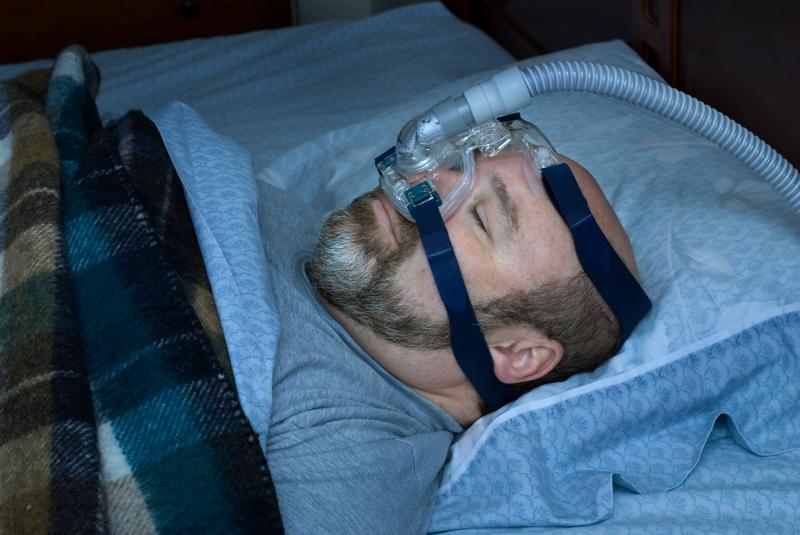CPAP trumps mandibular access device for obstructive sleep apnoea





Continuous positive airway pressure (CPAP) is a better treatment option for obstructive sleep apnoea (OSA) than the mandibular access device (MAD), according to a new meta-analysis.
Researchers retrieved a total of 14 randomized controlled trials (RCTs) from the databases of PubMed, Embase, and the Cochrane Library. Only those with OSA participants treated with CPAP or MAD were eligible for inclusion, and case-control studies were excluded. Primary clinical outcomes included the apnoea-hypopnoea index (AHI), Epworth Sleepiness Scale (ESS), total sleep time, and the 36-item short-form health status survey (SF-36), among others.
AHI was measured in 12 studies, totalling 280 participants. Pooled random-effects analysis revealed the significant superiority of CPAP over MAD in decreasing AHI (weighted mean difference [WMD], –7.08, 95 percent confidence interval [CI], –9.06 to –5.10). [Sleep Med 2020;72:5-11]
Additionally, CPAP significantly reduced the percentage of stage 1 and 2 sleep, as opposed to MAD (WMD, –3.728, 95 percent CI, –6.912 to –0.543).
Seven studies including 458 patients examined the effect of intervention on ESS. Fixed-effects modelling showed comparable efficacies between CPAP and MAD (WMD, 0.00, 95 percent CI, –0.08 to 0.08). The same was true for stage 3 and 4 sleep (WMD, 1.906, 95 percent CI, –0.419 to 4.231) and rapid eye movement stage sleep (WMD, 0.484, 95 percent CI, –1.635 to 2.603).
Similarly, both interventions performed comparably in terms of total sleep time (WMD, 1.01, 95 percent CI, –12.36 to 14.38), the SF-36 domains of physical function (WMD, 0.378, 95 percent CI, –2.138 to 2.894), role-physical (WMD, 3.511, 95 percent CI, –2.372 to 9.394), bodily pain (WMD, –0.259, 95 percent CI, –14.862 to 14.345), general health (WMD, 0.658, 95 percent CI, –3.531 to 4.847), vitality (WMD, –1.375, 95 percent CI, –6.182 to 3.431), role emotional (WMD, –0.461, 95 percent CI, –6.952 to 6.031), and mental health (WMD, –1.068, 95 percent CI, –4.273 to 2.137).
Notably, CPAP performed worse than MAD in terms of SF-36 social function (WMD, –3.381, 95 percent CI, –6.607 to –0.154).
Quality assessment indicated a low risk of publication bias, and both Mazumdar’s rank and Egger’s tests showed no significant risk of bias among the results.
“OSA refers to the repeated occurrences of apnoea and hypoventilation during sleep,” researchers explained. “Clinically, it can be manifested as snoring, which is not regular, and patients consciously suffocated breath, and even have repeated episodes of respiratory suppression leading to patient waking up.”
OSA leads to the disruption of sleep patterns and a lower sleep efficiency and may worsen performance during the day. “At present, OSA is generally considered to be a systemic disease and an important cause of sudden death and road traffic accidents, so it is a serious social problem,” researchers said.
CPAP works by artificially increasing airway pressure that maintains airway patency. In turn, this decreases airway resistance and improves lung compliance. MAD, on the other hand, expands “the size of the upper airway and keeping it open, especially by widening and removing the posterior constriction of the soft palate,” according to researchers.